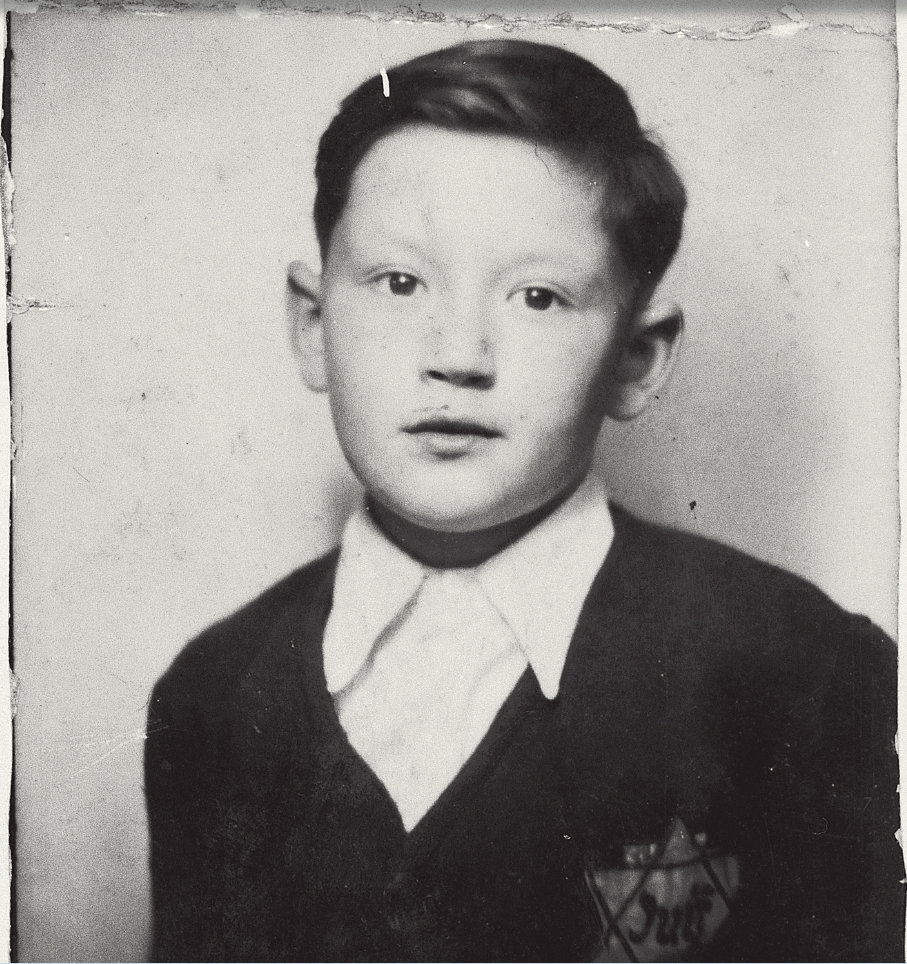A History of World Societies:
Printed Page 917
A History of World Societies Value
Edition: Printed Page 928
Introduction for Chapter 30
30
The Great Depression and World War II
1929–1945

The years of anxiety and political maneuvering in Europe that followed World War I were made much worse when a massive economic depression spread around the world following the American stock market crash of October 1929. An increasingly interconnected global economy now collapsed. Free-
The mid-